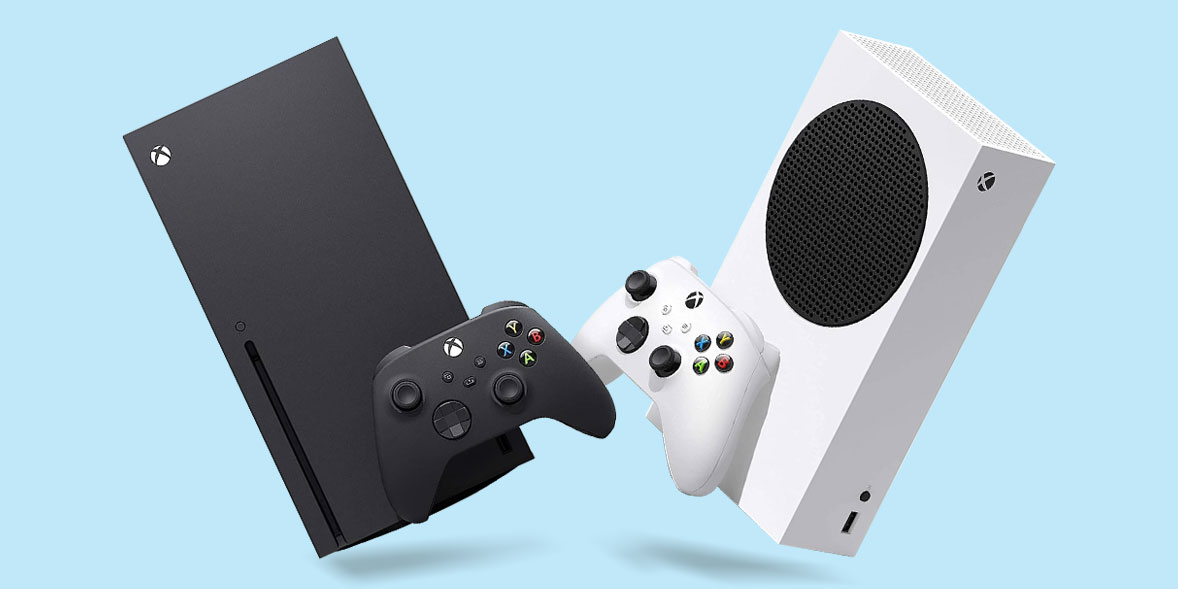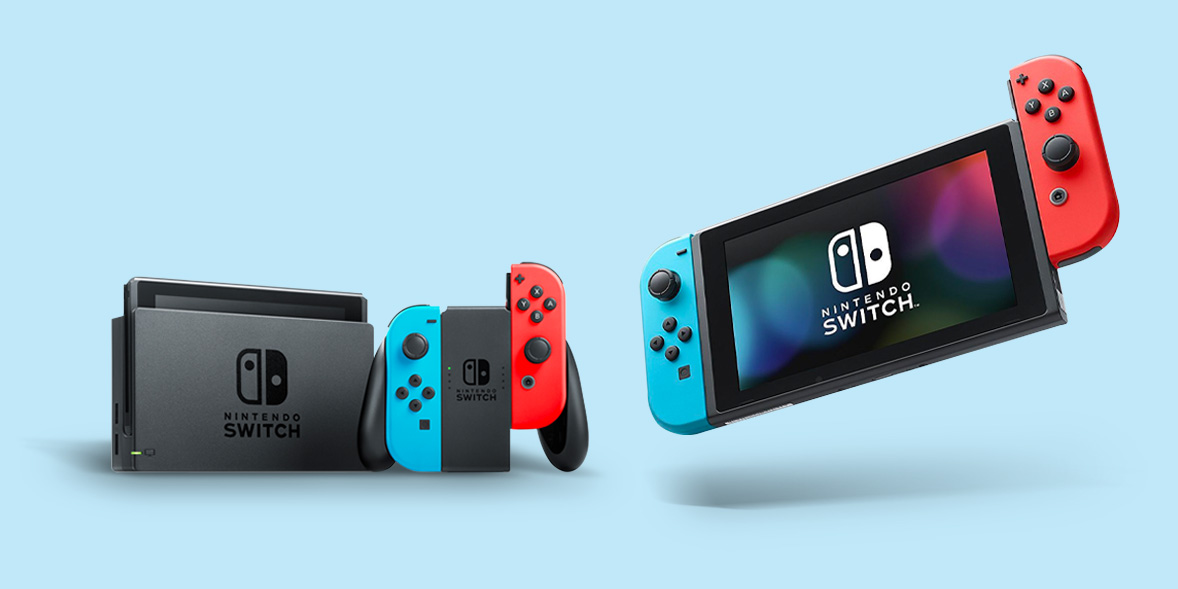
Baby and child sun creams

In this article
- Should my baby wear sun cream?
- Video: how to use sun cream safely on kids
- Best SPF 50+ children's sun creams
- Best sun creams for children with sensitive skin conditions
- What SPF factor sun cream should you use on your child?
- How important are UVA ratings?
- How much sun cream should you put on your child?
- What is the difference between adults and kids sun creams?
Keeping your baby or child safe in the sun is absolutely vital, as significant exposure can increase their risk of skin cancer in later life.
Sun cream is undoubtedly an important step, but it’s just one part of protecting your child from the sun.
Our independent lab tests reveal the kids sun creams you can rely on to provide good sun protection.
It's not just about sun cream though. We’ve also spoken to child skincare and sun cream experts for their advice on keeping your little ones protected in the sun.
Eat well, live better and stay healthy - sign up to our free monthly food and health newsletter
Should my baby wear sun cream?
Ideally, babies shouldn’t need to wear sun creams as they ought to be kept in the shade and dressed in light, loose clothing that covers them up.
In fact, labelling on sun creams should state that babies and children be kept out of direct sunlight.
‘Ultimately, babies shouldn’t be out in the sun at all, they should be covered as much as possible whenever possible,’ says Pyle. ‘However, if going outside for any length of time is likely and you’re worried, it's best to be prepared and apply a kids sun cream.’
Video: how to use sun cream safely on kids
Best SPF 50+ children's sun creams
We've tested seven SPF 50+ kids' sun creams from leading brands to find out if they match their SPF claims, how effective they are at absorbing UVA and how easy they are to apply.
Discover which brands we recommend, including the best value options, below.
How did SPF 50+ children's sun creams perform in our tests?
Only logged-in Which? members can view the table below. If you're not yet a member, join Which? to get instant access.
| Brand | Price | Application score | SPF test pass | UVA test pass |
|---|---|---|---|---|
| £4 for 200 ml | 4 | Yes | Yes | |
| £5 for 200 ml | 4 | Yes | Yes | |
| £6.50 for 200 ml | 4 | Yes | Yes | |
| £3.49 for 100 ml | 4 | Yes | Yes | |
| £12 for 100 ml | 4 | Yes | Yes | |
| £10 for 50 ml | 4 | Yes | Yes | |
| £4 for 200ml | 3 | Yes | Yes |
- Table notes - Best Buys need to pass both our SPF and UVA lab tests, and be rated as very easy to apply (4 stars or more) by our consumer panel. SPF and UVA - Products passing these tests met their claimed SPF and provided enough UVA protection in standard test conditions. To pass our UVA test, UVA protection provided must be a minimum of one third of the SPF (the standard for any product carrying the UVA seal).
- Prices - Correct as of 13 June 2023
Sun cream reviews - see which kid's SPF50+ sun creams we recommend and the best SPF30 options for adults, too
Best sun creams for children with sensitive skin conditions
‘Sun creams with a short ingredient list and those that are fragrance free or described as hypoallergenic, would be a good place to start,’ says Abbott. ‘You might want to consider testing any new sun cream on a small patch of skin first, such as the inner elbow, before using it on the face.’
What SPF factor sun cream should you use on your child?

‘It depends on the UV index. But as a general rule, if the UV index is above 3, then high factor (SPF 30 or higher) broad spectrum (with UVA protection) is advised,’ says Abbott.
The UV index forecast, which runs from 1 to 11, identifies the strength of the ultraviolet (UV) radiation coming from the sun at a particular place on a particular day. 3-5 is moderate, and anything above 6 is high or very high.
Most baby and child sun creams provide an SPF of 50 or 50+, and given that many people under-apply sun cream, using a factor 50 sun cream will provide more of a time buffer for being out in the sun compared with factor 30 sun cream.
However, it’s important that parents don’t rely on sun cream as the only method of sun protection for their child.
'Use shade, hats and clothing. Sun cream should be a last resort for areas that are difficult to cover,’ says Abbott. Remember you'll also need to re-apply often, especially if swimming or playing and working up a sweat.
How important are UVA ratings?

The SPF factor, which protects against UVB sun rays, is as important as the star rating on the bottle, which indicates level of protection against UVA rays. The maximum SPF level is 50+ and the maximum star rating is 5*.
However, it's worth remembering that the star rating is a system developed (and owned) by Boots and so not all sun creams will display it. Some sun creams use the PA system (PA+, PA++ and PA+++) while others use the general EU UVA logo (the acronym UVA displayed in a circle). The latter indicates that the product's UVA protection factor is greater than or equal to a third of its SPF level.
People should check that their sunscreen has some UVA protection. That means looking out for the UVA logo, three stars or PA+ at the very least.
However, there’s confusion around how UVA and UVB rays affect the skin.
UVA rays are what contribute to tanning and will contribute to premature skin ageing. UVB rays are what burn the skin and turn it red. Both types of UV rays are associated with skin cancer.
It’s important to remember that if your child goes red and burns in the sun while wearing a high SPF sun cream, it's not necessarily because the UVA star rating is too low.
‘There are various factors at play including whether enough sunscreen was applied, whether it was water resistant and your child was getting wet or sweating, and whether there was any transfer onto towels or clothing,’ says Pyle.
All of these reduce the SPF strength, and so increase the risk of burning.
How much sun cream should you put on your child?
More than you realise. Experts agree that most people don’t apply enough sun cream to themselves or their family.
‘You should apply 2mg of sun cream per cm2 of skin, although the quantity overall depends on what is exposed to the sun,’ says Pyle.
This is obviously a difficult figure to convert into layman’s measures, but with adults being recommended by the World Health Organisation (WHO) to apply 35ml of sun cream (seven teaspoons), it will be between a quarter and half of this amount depending on the age and size of your child.
What is the difference between adults and kids sun creams?
'Generally, sun creams for children tend to be a higher protection factor (SPF 50+) and fragrance free – to reduce the number of potential allergens in the sun cream,’ says Dr Rachel Abbott, consultant dermatologist and British Skin Foundation spokesperson.
The skin of babies and children is considered to be more sensitive than adults, so using a kids sun cream should mean less chance of causing irritation, and the higher SPF is a safer bet for their more delicate skin.
Some kids’ sun creams are brightly coloured to help parents see if they’ve missed a spot and make application fun, while others come in a spray or roll-on to make application easier for fidgety children.
Some people choose mineral sun creams for their children, as they can be better for sensitive skin. However, our 2022 tests revealed many mineral sunscreens don't protect as claimed.
Can you use adult sun cream on a baby or child?
‘They both offer the same level of performance. However, it’s always best to use caution and ensure your child doesn’t have an allergic reaction to the product, so try it before you head out into the sun,’ says Saul Pyle, a sun cream expert and Technical Director for Skinterest, which carries out research and development on skincare products.
What type of sun cream is easier to apply – lotion or spray?
Lots of child sun creams come as a spray (either aerosol or pump action), as it makes them easier to apply to a fidgety child.
However, you’ll need to make sure you spend longer spraying the cream onto the skin to ensure you get enough as this method often means you’ll use less. This is because sprays tend to deposit less sun cream onto the skin as it has to be fine enough to be forced through an aerosol or spray pump, which can mean that the droplets are fine enough to not reach the skin, especially if it's a windy day.
‘You can either spray liberally into the hand and apply from there for pump sprays (although this probably defeats the purpose of why sprays are popular for kids), or if spraying directly onto a child, spray liberally, use more than you think you need, and re-apply frequently to minimise potential for sunburn,’ says Pyle.
Methods of sun protection for babies and children

When protecting your baby and child from the sun, you should take a multifaceted approach, and not rely on one method more than another. These should include:
Wear a hat
The hat should preferably be wide-brimmed so they protect the ears and back of the neck. It can tricky to keep them on with younger children, so you may need to find one with an elastic to keep it on, or use a bit of parental bribery (hat-wearing = ice-cream).
Cover up body areas with clothing
If you’re on the beach or at the pool, a light cotton t-shirt can be a useful way to cover up when swimming. You can also buy UV suits that are made from a more quick-drying Lycra material and offer UPF protection. UPF ratings are applied to clothing that gives protection from the sun, and measure both UVA and UVB protection.
Wear high-factor sun cream
Ideally, you should use SPF factor 50 or 30.
Take shade
Stay out of the sun during the hottest part of the day (11am to 3pm).
Wear sunglasses
They should be used from the age of three (find sunglasses that have an elastic strap so they stay on) and should carry the European Standard "CE" mark and the British Standard BSEN 1836:1997.
Use a sunshade on buggies and prams
You can buy buggy and pram shades with a UPF factor. Just keep an eye on your baby and make sure the interior of the buggy doesn’t get too hot.
Lead by example
Slip on a shirt, slop on the 50+ sun cream, slap on a hat and seek shade or shelter - it's important to lead by example. If you’re roasting away or regularly getting burnt, it sends mixed messages to your child.



















